Lyonsgate Weekly Update | May 31, 2019
Hello Lyonsgate Montessori Families,
Parent-teacher conferences:
Lyonsgate will be closed on Friday, June 14, for year-end parent-teacher conferences. There are also a few conference time slots available after school during the week leading up.
Childcare will be available during your conference time.
Conferences are 20 minutes in length and take place in your child’s Montessori classroom. Please be on time and do not stay beyond your scheduled time slot so that we can keep everybody on schedule. Thank you.
Please click here and select your child’s class to schedule your parent-teacher conference.
This Week:
Toddler:
Casa visits have officially begun — this is a very exciting time for both the children and for us! We invite the children who are moving up to have visits at the level they will be attending. This provides them with an orientation to the classroom, various presentations, and the opportunity to observe and interact with some of the children that will be in their class in September.
Post-visit, it is always interesting to hear about their amazement at the classrooms. I get to hear observations ranging from, “The classroom was really big,” to “My new friends are really tall,” and even the inevitable, “The classroom has a lot of people.” It is equally interesting to hear about the presentations that they have received — Rolling and Unrolling a Mat, Bottles and Boxes, and Nuts and Bolts. The children are fascinated by the similarities between the classes — “I shake Ms. Boyle’s hand just like I shake your hand,” “There is a book shelf with a lot of books,” and “I saw some snacks!” Upon their return, the children leap into our arms and will express that they missed us but truly enjoyed their visit.
I look forward to speaking to you all during the week of June 10 for parent-teacher conferences. We will talk about your children’s development during this school year and what the summer can look like to ensure a successful transition in September.
Reminder: Our next community outing is on Wednesday June 5. Please ensure that your child has their backpack so they can carry their snack (that we will provide) and water bottle.
Thank you for your continuous donations of flowers, protein snack, and plastic bags; we truly appreciate this little community. — Ms. Dee
Casa
Casa South: This week, I wanted to take a step outside of Casa South and into a couple of Montessori classrooms around the world. I have been lucky to have experienced teaching in Montessori classrooms internationally and the adaptability of the Montessori classroom to different cultures, space, and time has always been a source of intrigue.
Maria Montessori developed her Montessori Method by studying the child. She developed her philosophy for every child.
Montessori schools exist all over the world, even in remote locations. As Montessori grows, so does the opportunity for children and our world.
“Pirurvik,” which means “a place to grow” in Inuktitut, is the name of a school in Pond Inlet Nunavut. Tessa Lochhead and Karen Nutarak are the founders of Pirurvik Preschool which they opened after working in the education system and experiencing it’s shortcomings. Nutarak and Lochhead developed a unique early childhood education program blending Montessori teaching principles and Inuit Qaujimajatuqangit, or Inuit traditional knowledge (IQ).
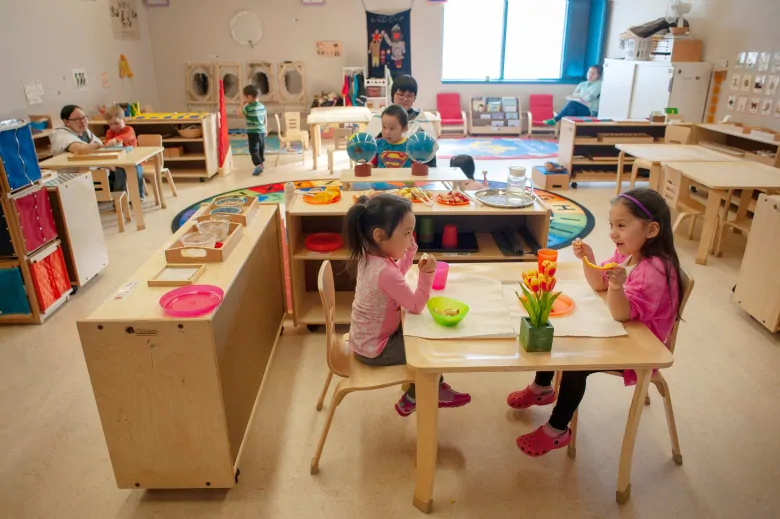
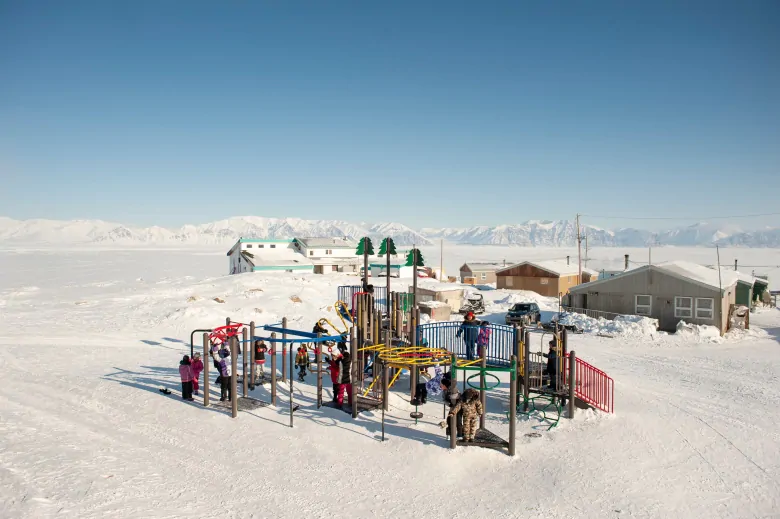
Thailand underwent significant educational reform since 1999. The Association Montessori Internationale (AMI) partnered with the Thai government Office of Basic Education to provide Montessori education in a growing number of public schools in Thailand. Since 2004 over 82 Casa classrooms have been established and 300 educators have been trained.
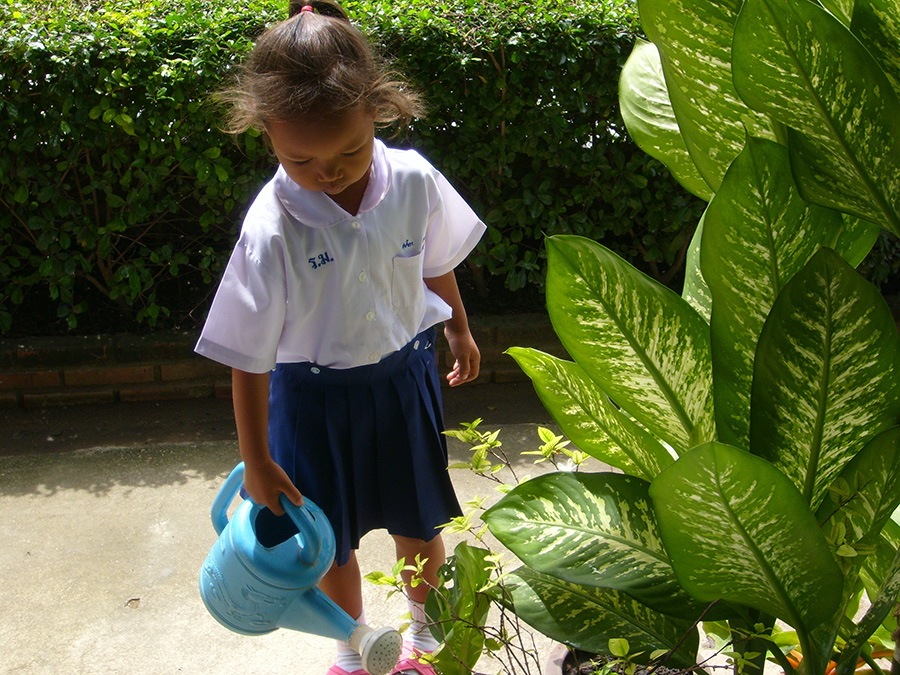
In October of 2016, Nacee Mercier opened two Montessori classrooms, one toddler and one casa, in The Gambia. Moonflower Montessori adapts to the culture of Gambia by incorporating many beautiful textures and textiles of local artisans, from baskets to wall hangings to wooden walls. — Ms. Moffatt
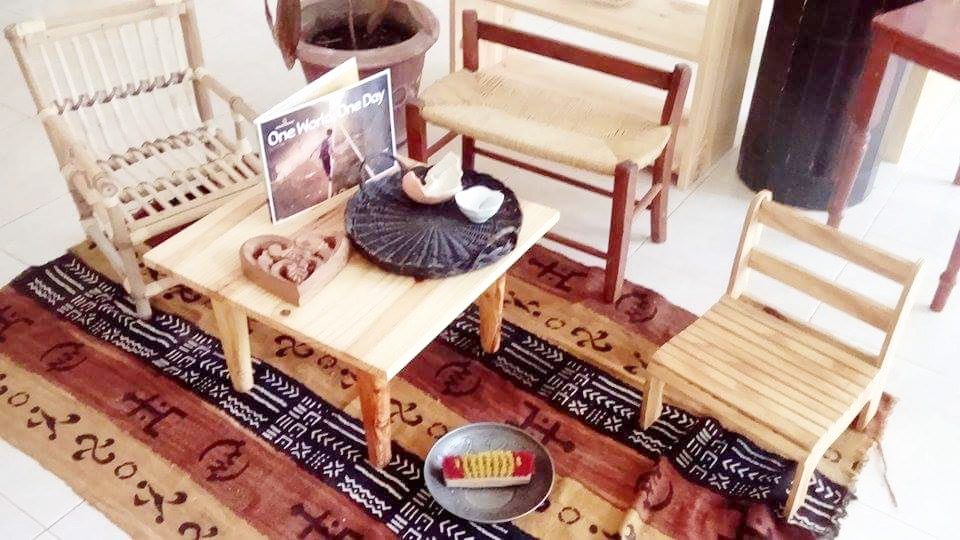
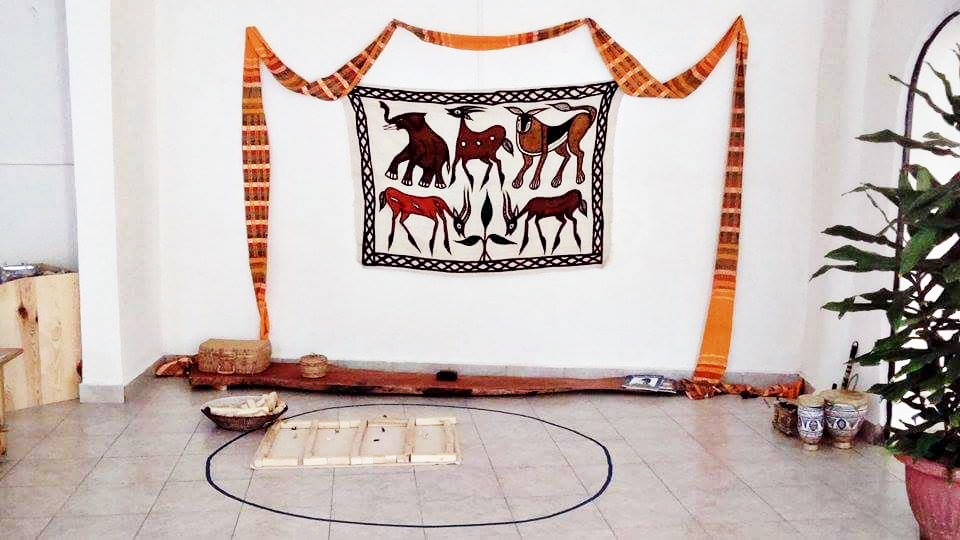
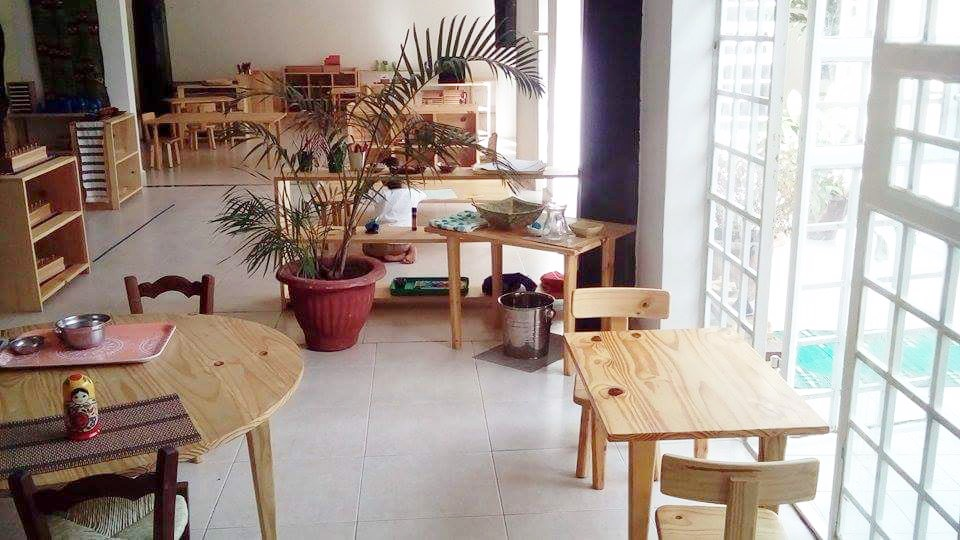
Casa North: When Dr. Montessori first established a house for children (or Casa dei Bambini), she wanted it to be what she called a prepared environment. There are four different types of prepared environments: the earth, the womb, the home, and agreed upon spaces like offices/courts of law/restaurants etcetera. Maria Montessori believed that people need to have prepared environments that are suitable to them at different stages of development, and thus the children’s prepared environment was born.
The Montessori prepared environment is for learning, not for teaching. A child does not learn by simply watching — they learn by doing. In our environments, unnecessary obstacles (like ill-fitting furniture or purposeless materials) are removed in order to accommodate this learning. Our space is constructed to allow each child to reveal his or her true nature.
We curate our environments and ensure that there are always limits within the freedom that naturally exists. Our Casa environments are limited in time (only for children ages 3-6), space (appropriately sized), the number of children, and the materials we have. Within the limits of the space the children are free to move, to touch, to associate with other children, to engage in conversation, to choose from their interests, and most importantly to repeat.
Our job as the adults in the prepared environment is to prepare ourselves. If your child is registered in Before Care, you may have seen the adults of the school bustling around, quickly ensuring the spaces are ready and waiting for your children to arrive. In terms of ourselves, we do our very best to be neat, specific, intentional, and warm so that your child has the best possible example to follow. This is the intangible prepared environment, and this part is arguably the very most important of them all.
Thank you for your donations of plastic bags to the classroom — they are being put to good use! I look forward to meeting with you at our upcoming conferences to talk about a wonderful year. — Ms. Boyle
Elementary:
Between the ages of 6-12, children double their vocabulary to an astounding 50,000 words. Building upon the strong foundation of varied and precise oral language in the Casa environment, the Elementary classroom is packed with nomenclature materials, magazines, and books to feed each child’s search for the right words to express their thoughts, opinions, and knowledge.
Many of the language materials used in the early Elementary years are manipulative cards that isolate particular concepts, such as compound words, or develop a specific skill, such as separating words into syllables, or explore different parts of speech, as with the Grammar Boxes. Yet the beautiful and precise language seeded throughout these activities and all areas of the classroom contains enormous potential. Even when a child feels they have mastered a material or topic, a new layer of language awaits.
This week, a student who reads with confidence and easily identifies nouns and their purpose, was invited to return to what appeared to be some simple card work. Match the picture of an animal with its written name, and then find the word card for the sound that animal makes. Simple, right? The pig grunts. The horse neighs. The walrus… What sound does a walrus make?! (They “wort”). What sounds does a weasel make? (They “dook”). A wondrous new layer of language was uncovered in an area the student thought he had already mastered! In this way, his curiosity and attention to the familiar is re-kindled.
As their facility in reading develops, students are challenged to build their vocabulary through research and fiction texts, as well as articles on current issues, such as climate change. Rather than relying on context to pass over an unknown word, they are asked to stop and investigate. To use the dictionary, to ponder the root, to examine a word’s relationship to other languages (e.g. luminous).
In the third term of each school year, some students are invited to join a novel study group, taking turns to read aloud from a book that will act as a catalyst for discussion, historical research, and student-driven activities related to the story’s setting, characters, plot, or theme. They support one another in understanding the weekly reading, eagerly discussing their predictions, criticisms, and enjoyment of the story. They become invested in the characters and argue over what is fair, right, and ideal in the fictional world presented. The development of verbal language is not only for us to connect with one another, but also with ourselves. As each child consumes and integrates the words around them, they are better equipped to not only communicate and collaborate, but to think and to reflect on the challenges and joys they experience at a deeper level, and to use them in their work of self-construction.
We look forward to seeing many of you at our Parent Social next week, and sharing with you some of the Great Work the children have created this term. Please RSVP if you haven’t already done so. — Marissa
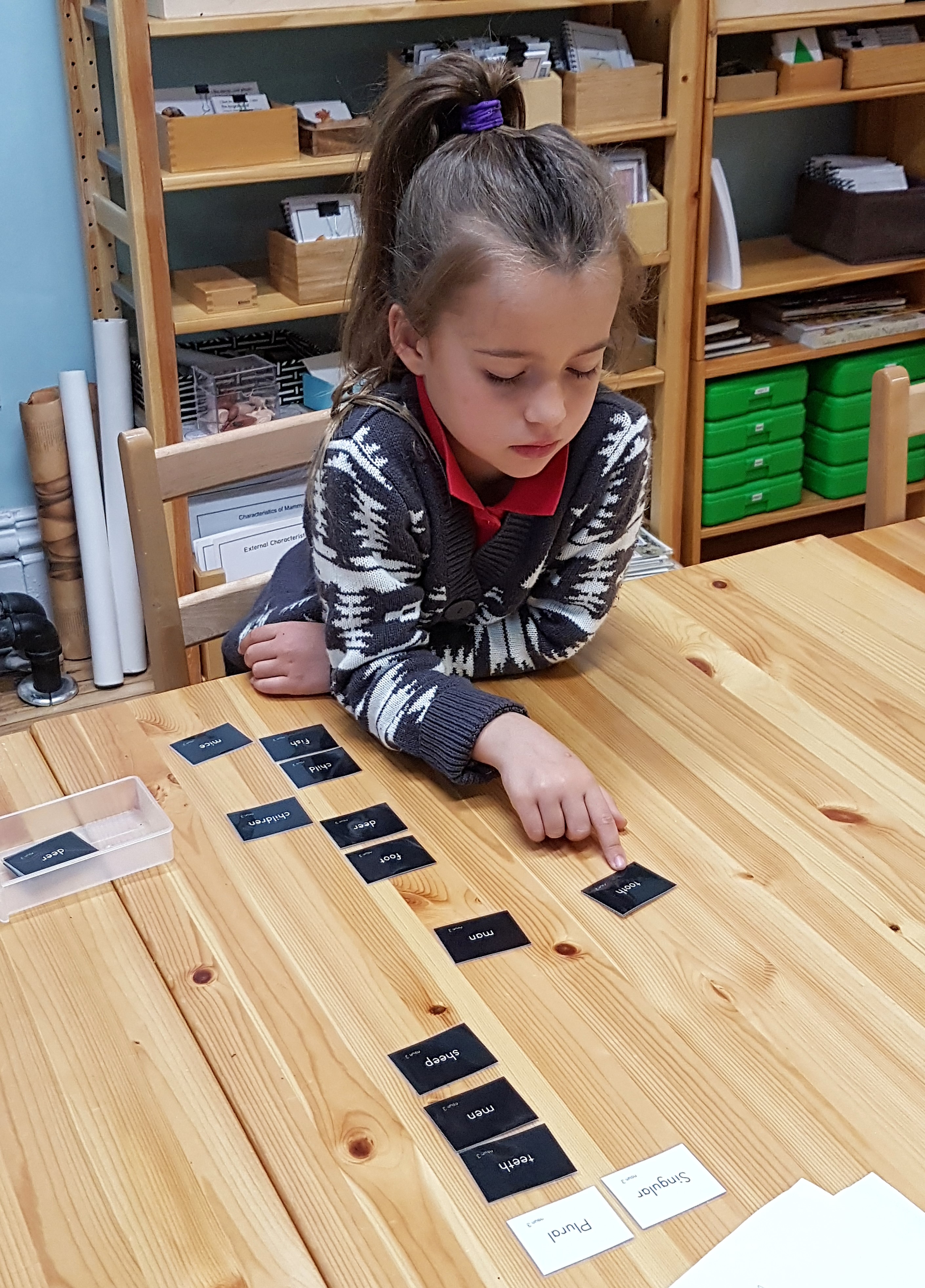
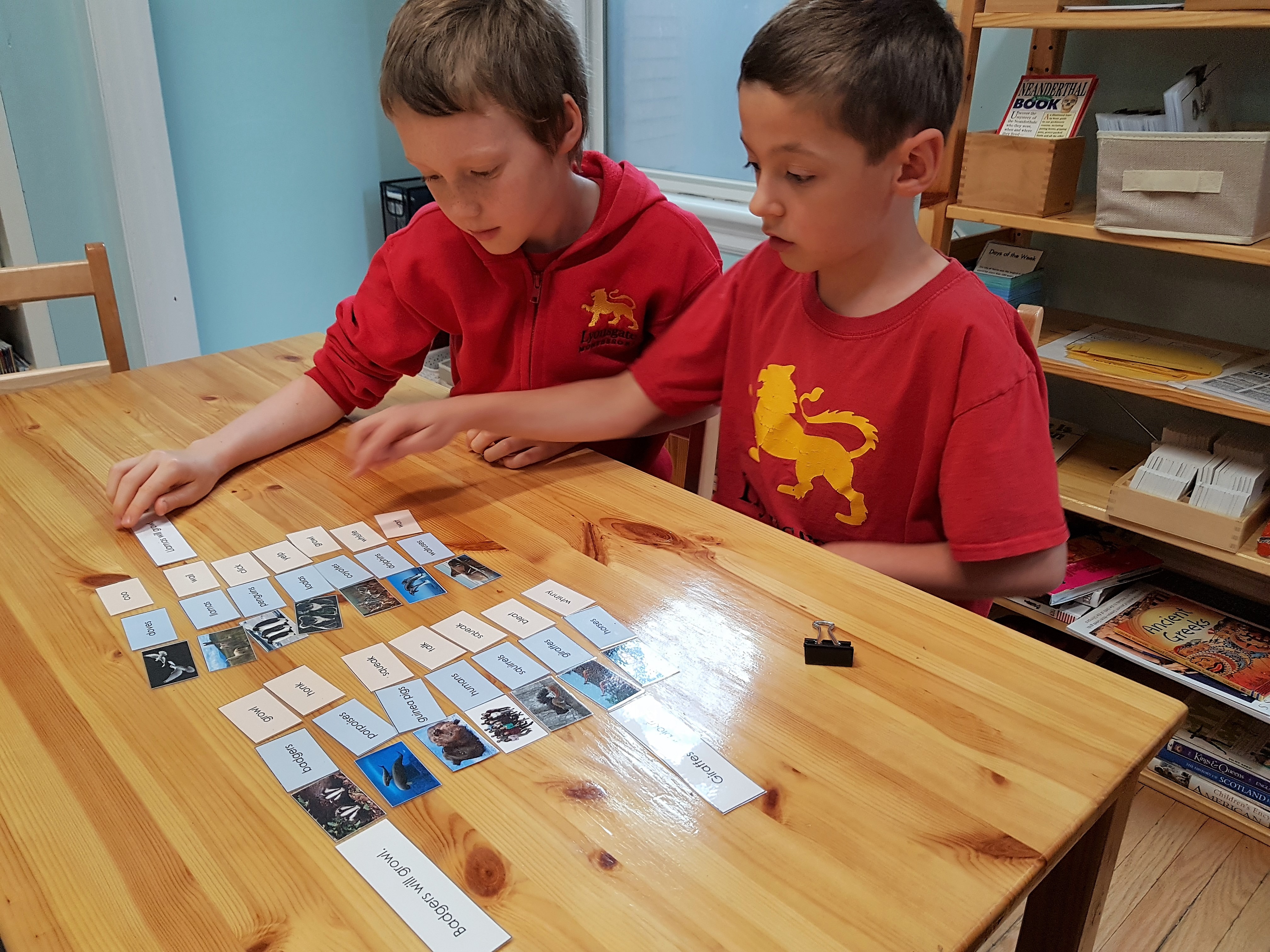
Coming Up:
June!
